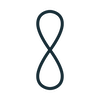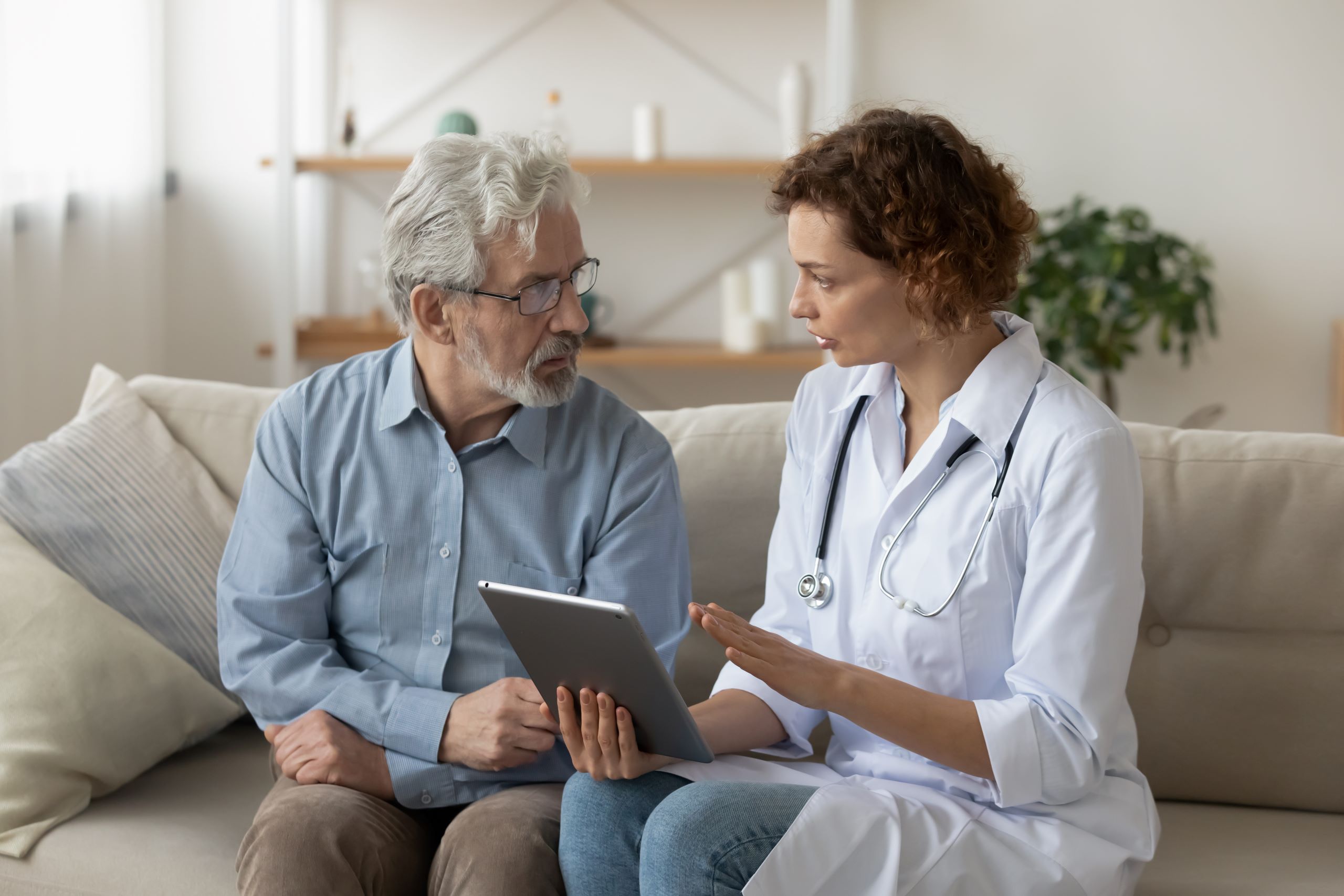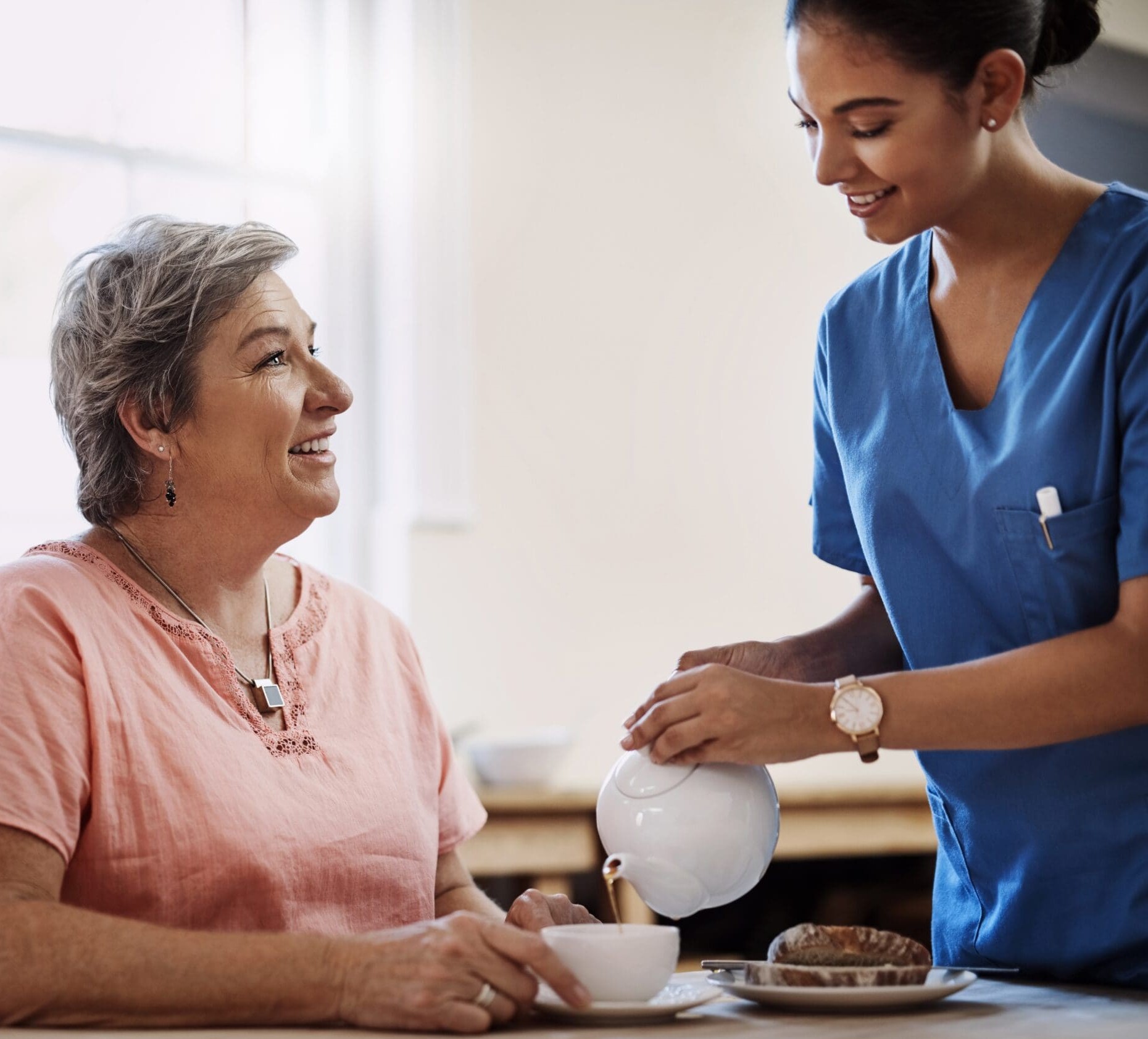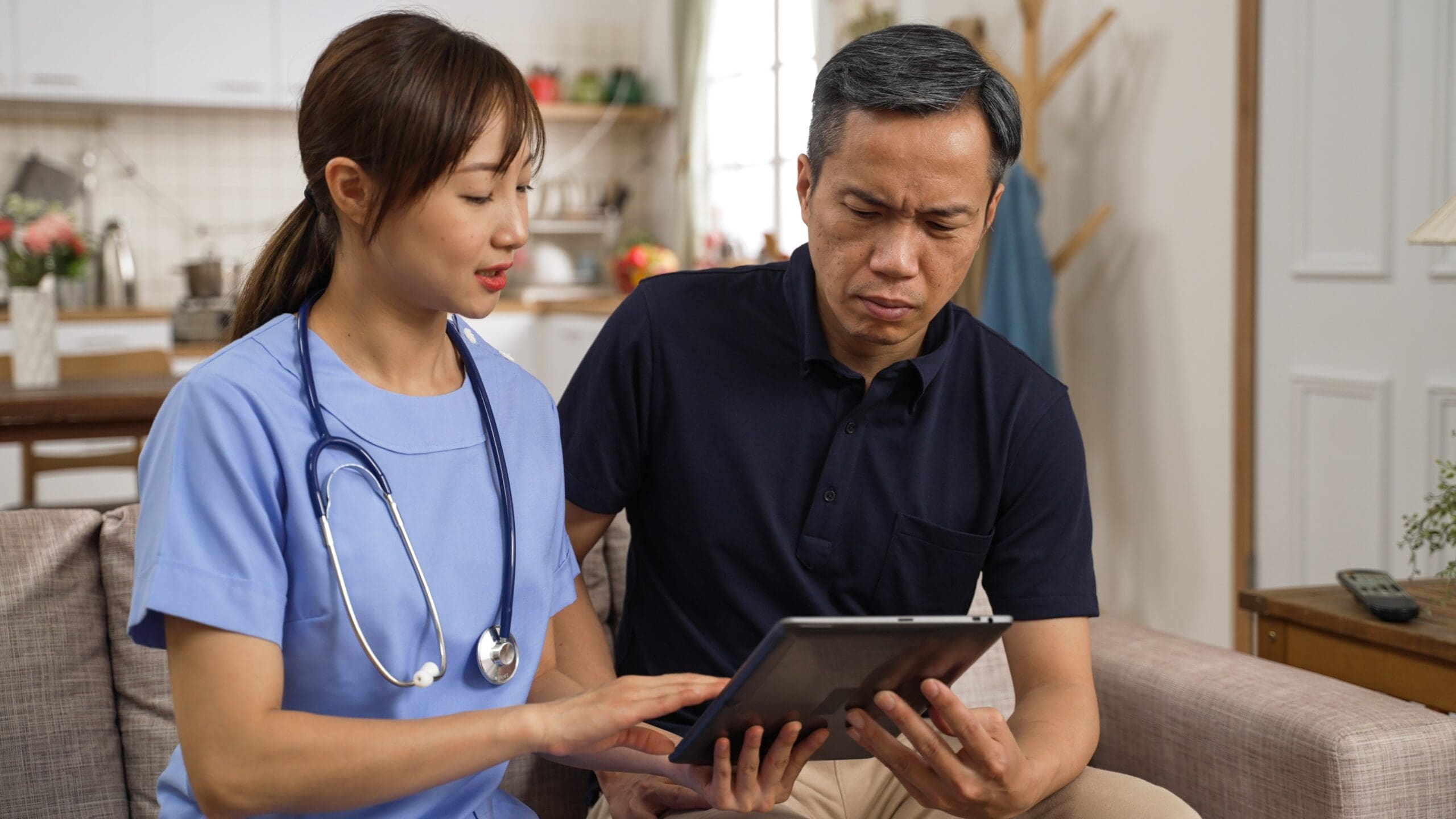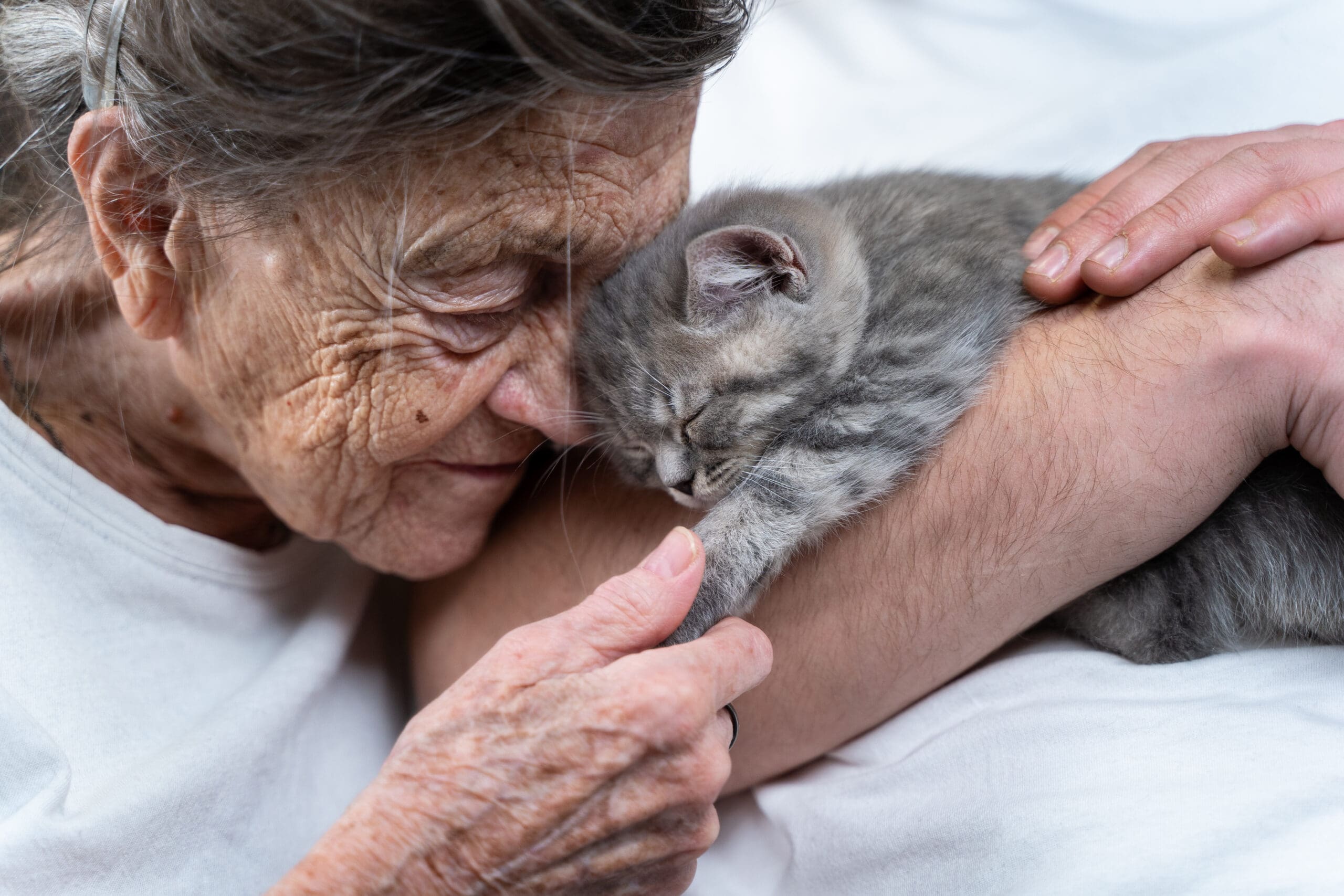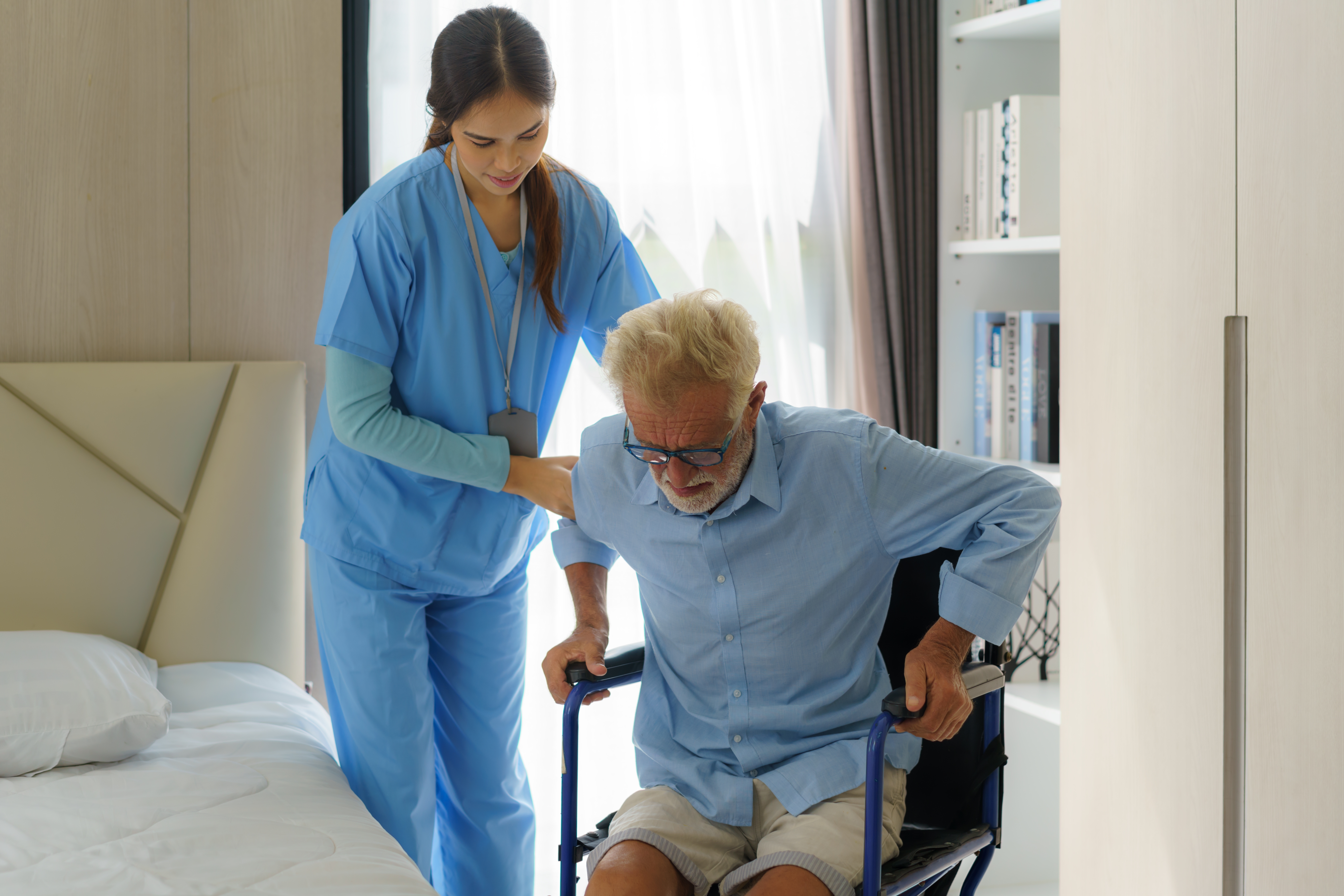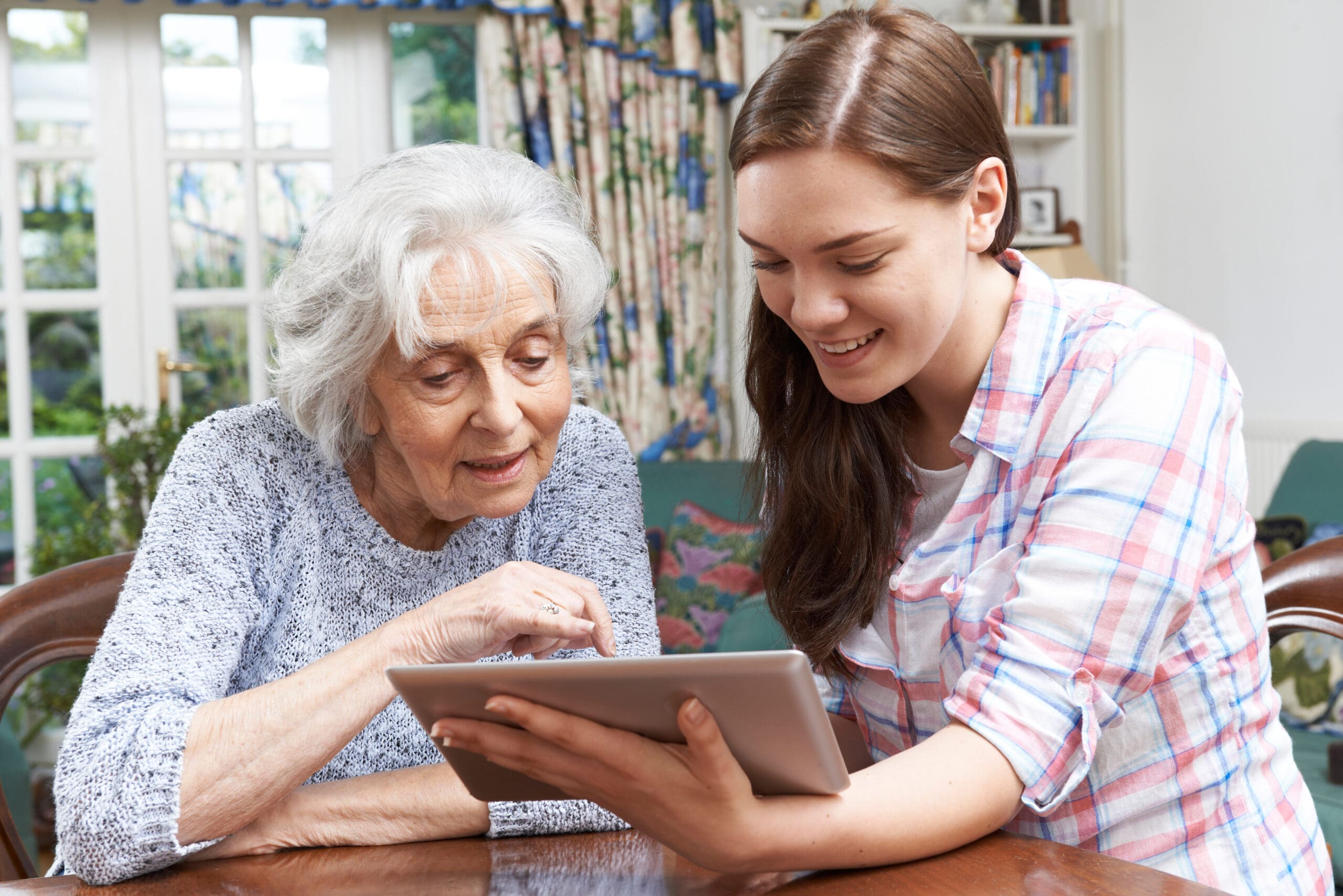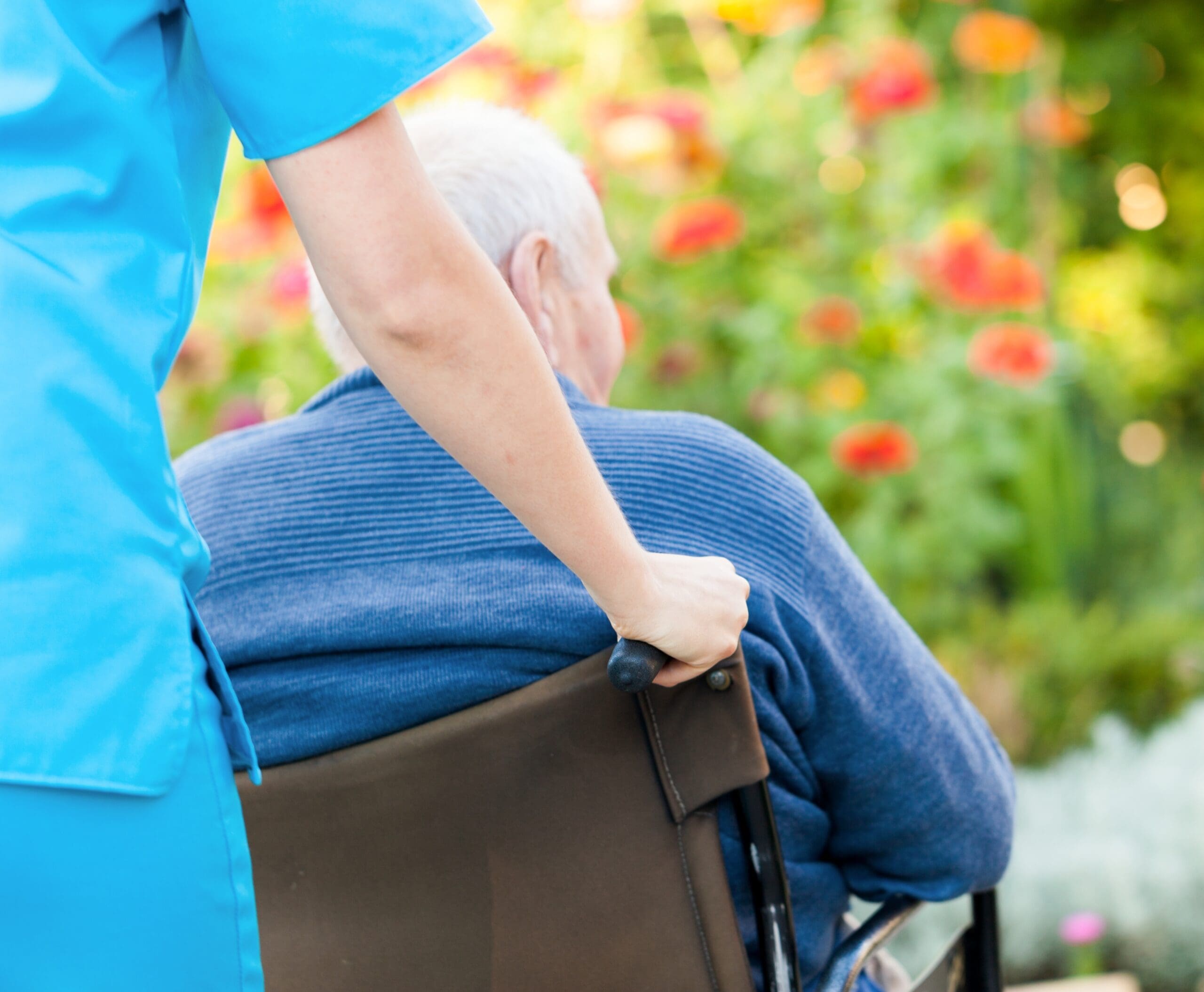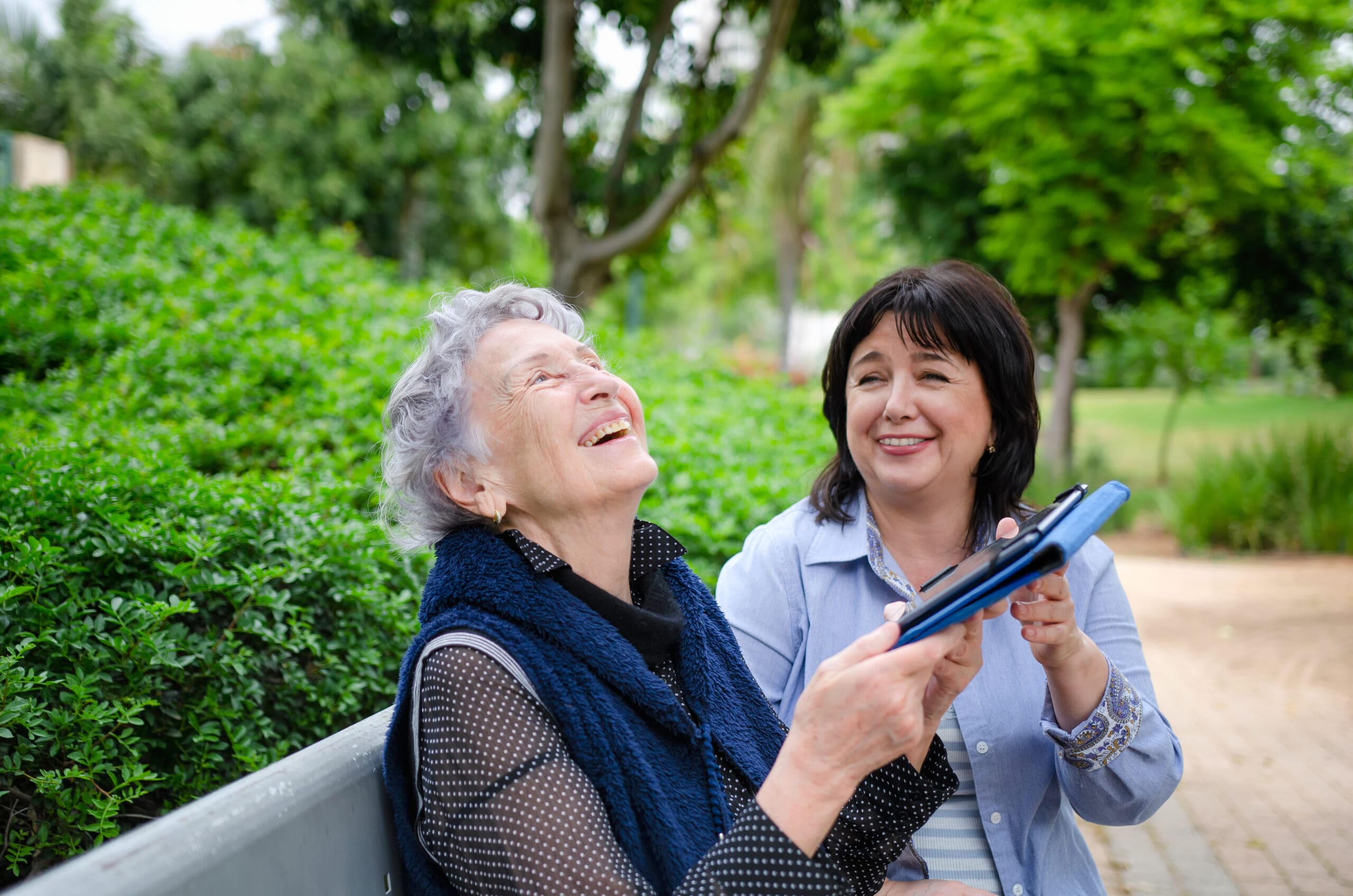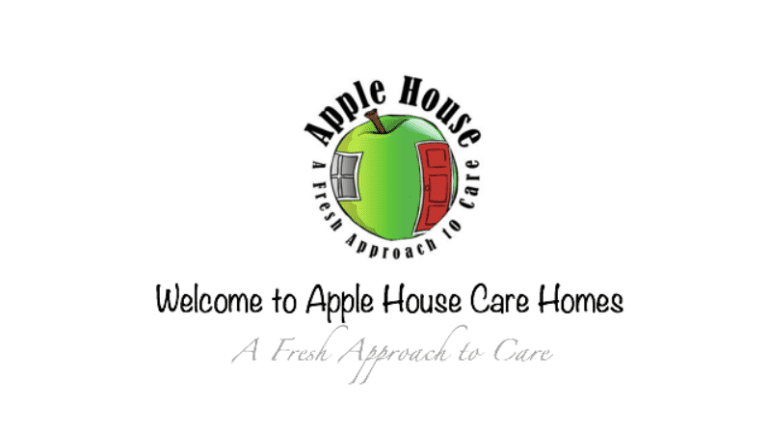What Regulators Say
We’re proud to work with so
many Good and Outstanding
care services, many of whom got
their rating after adopting Nourish.
beenhere
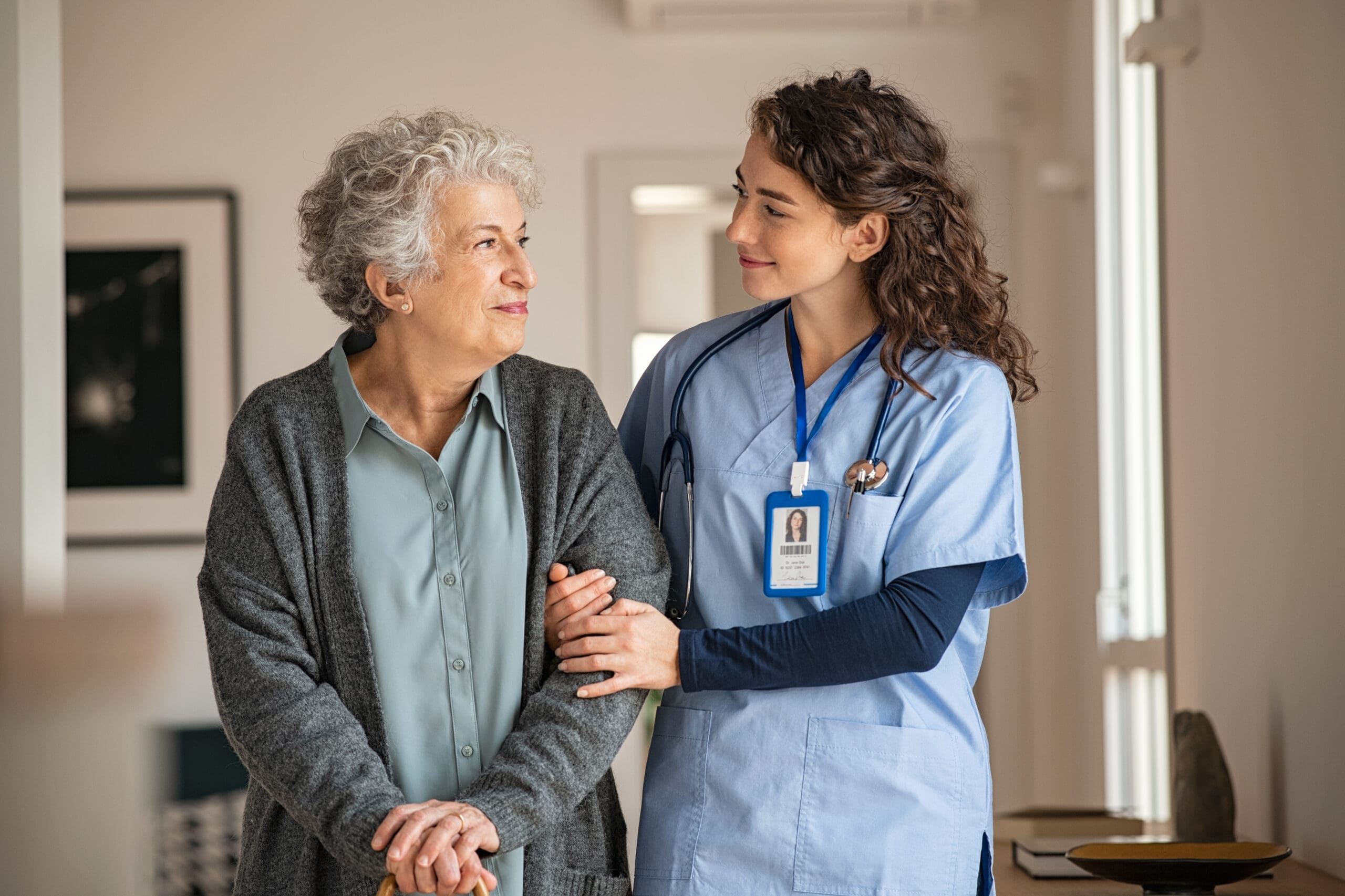
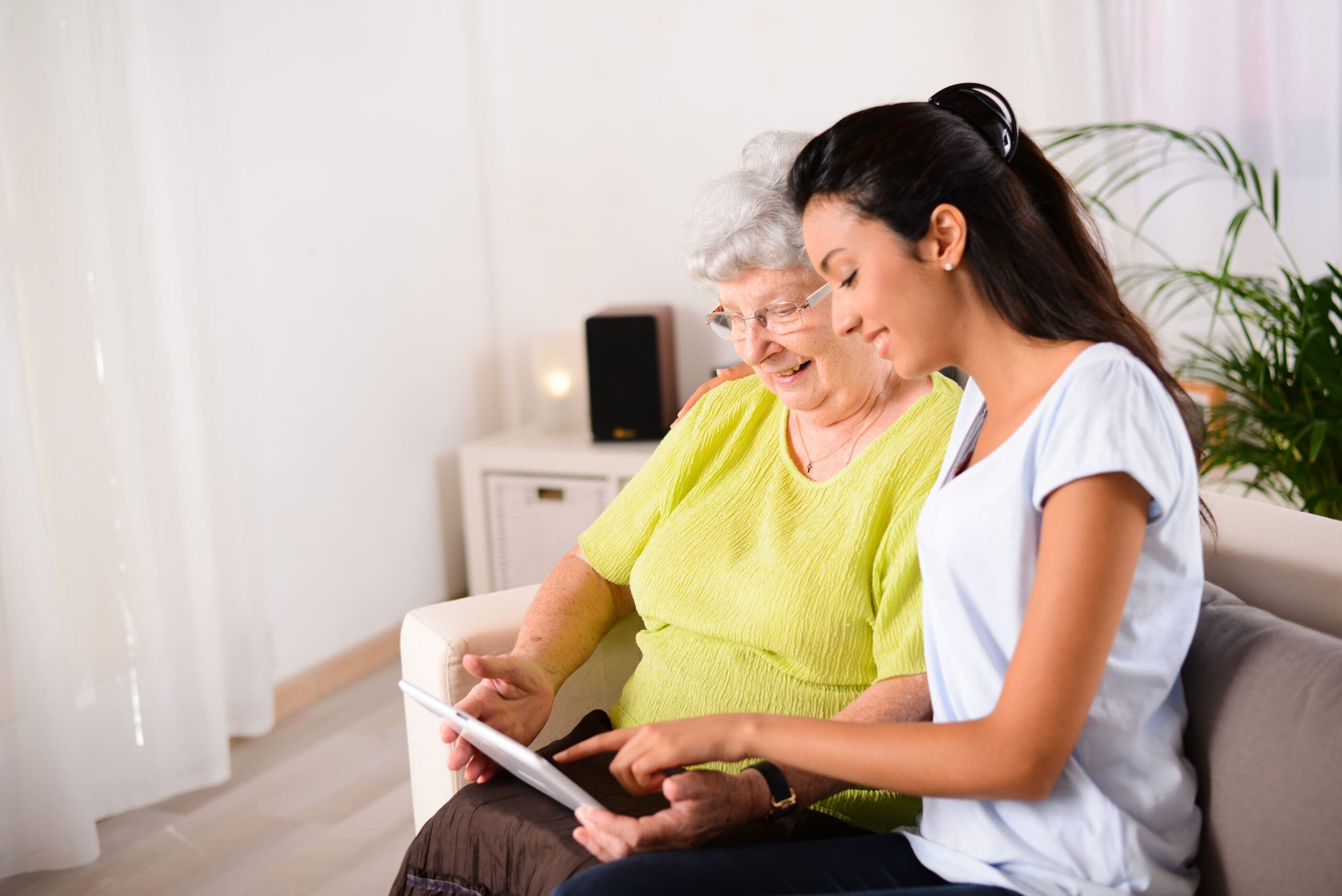
chat_bubble
0 %
of customers feel very confident using Nourish after training
0 %
of services rated ‘Requires Improvement’ before implementing Nourish improved to Good within 12 months.
0 k
carers use Nourish every single day
Hear from 2 customers about the impact Nourish has had on their CQC ratings
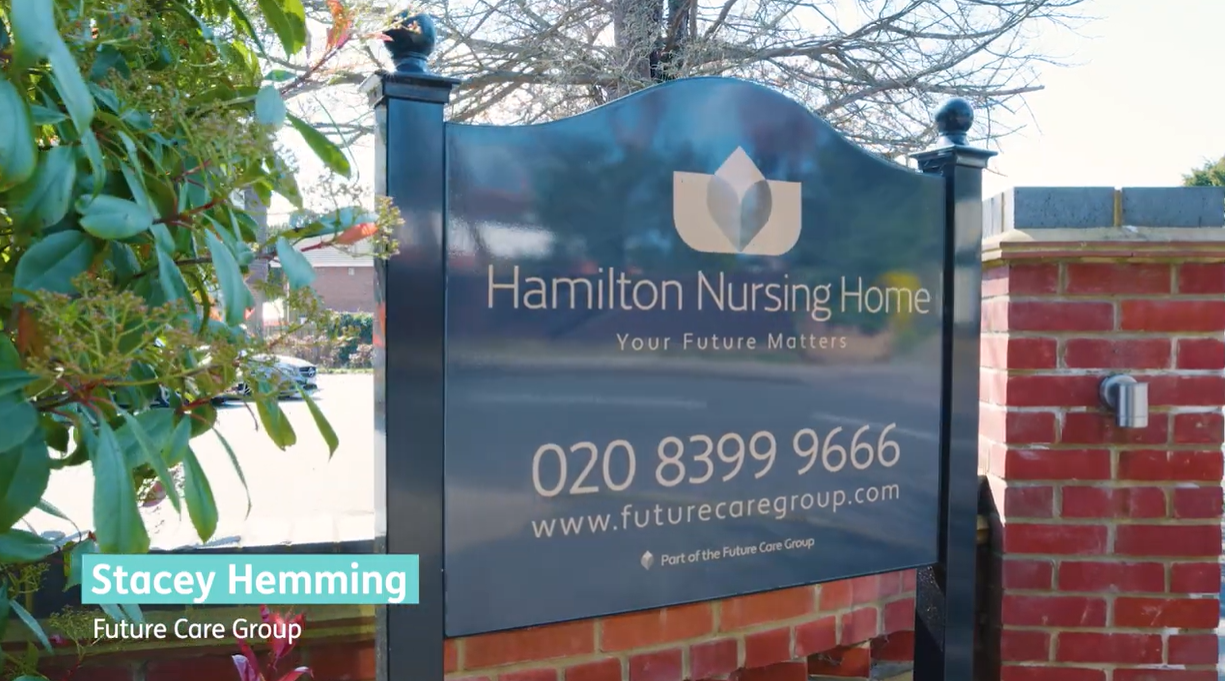
Regulator ratings with Nourish
Case studies
Find out how our customers were able to provide better care to the people they support with the Nourish all-in-one digital care management platform.
Book a demo
Find out how you by talking to one of our team and receiving a personalised demo.
